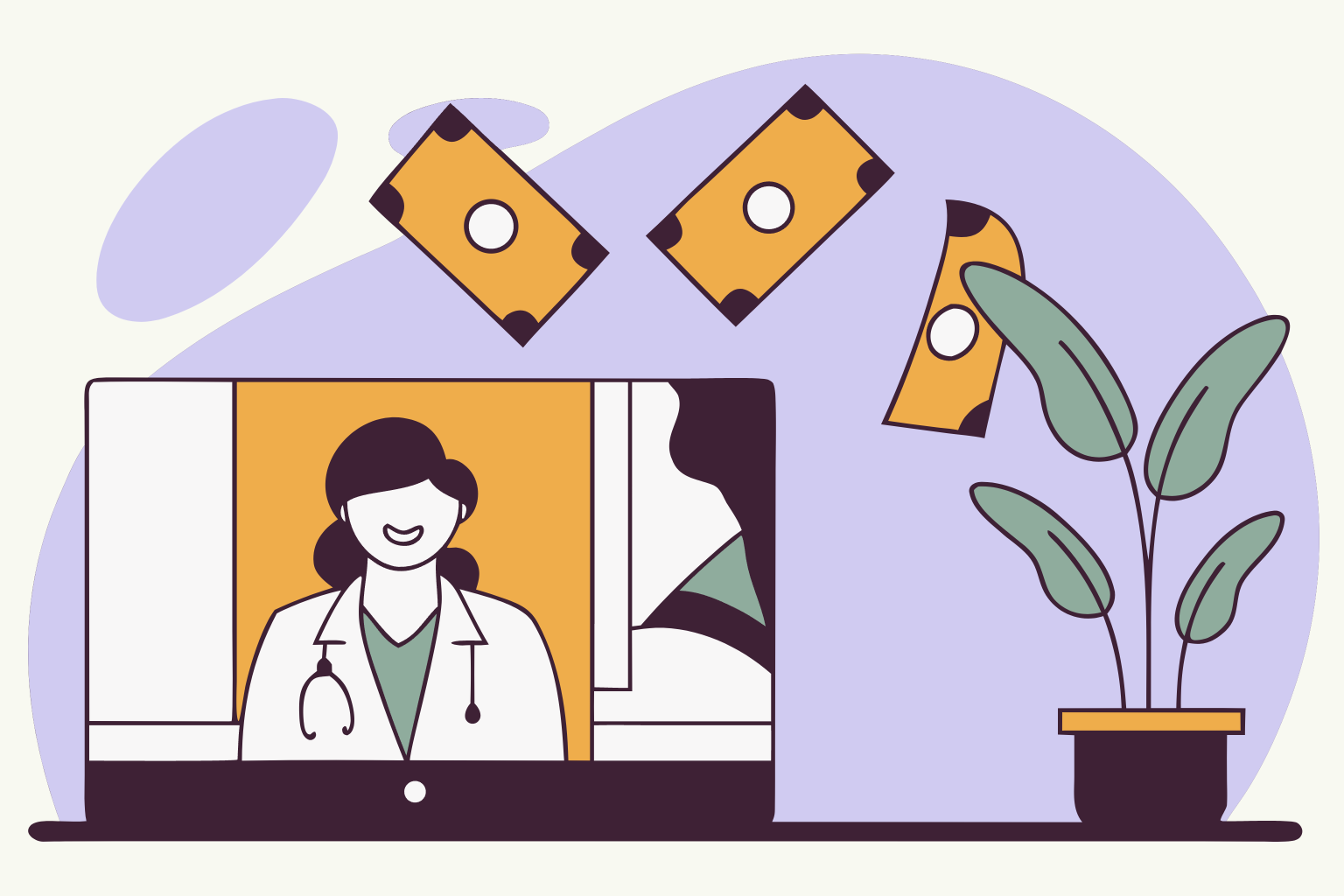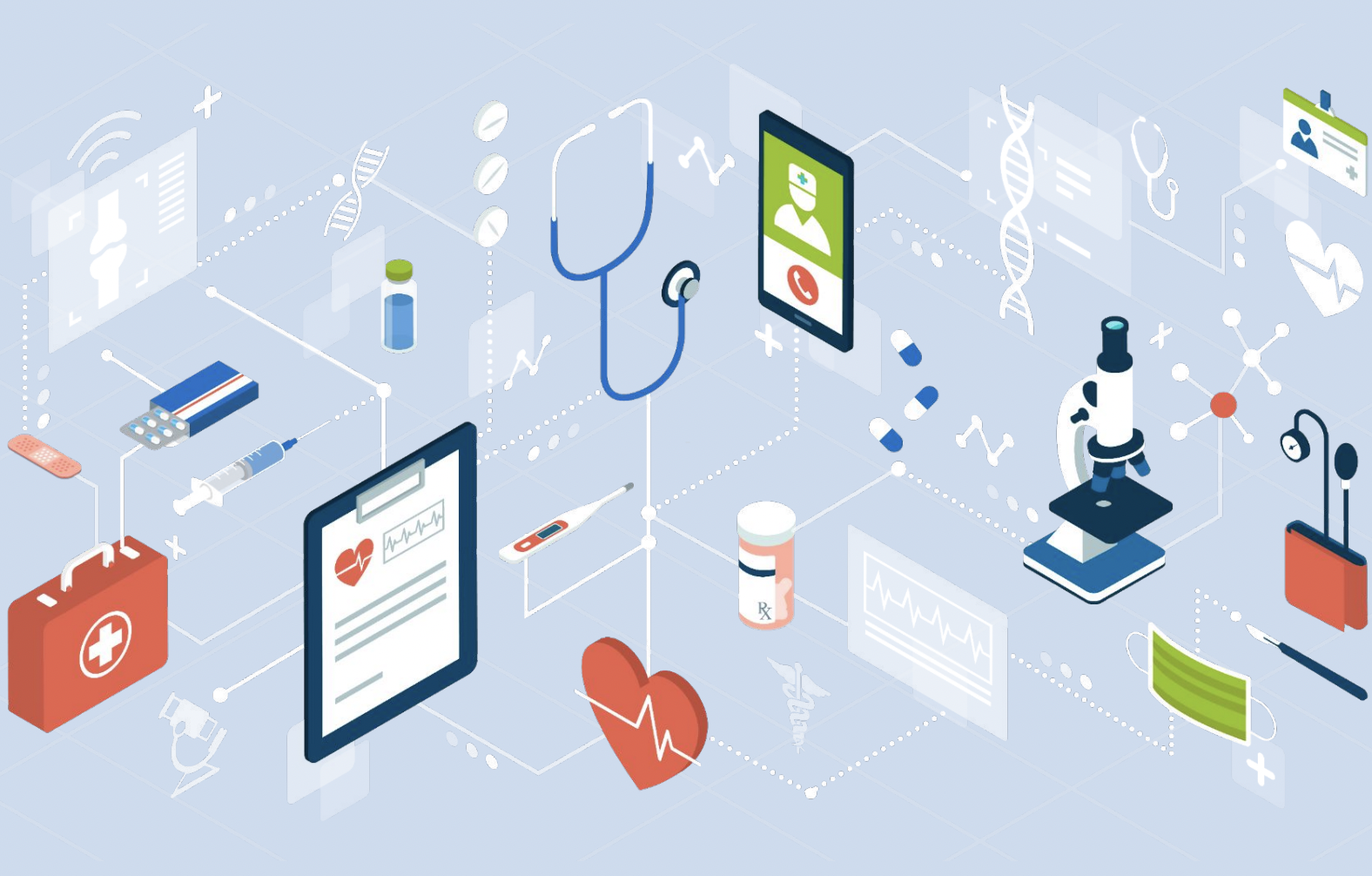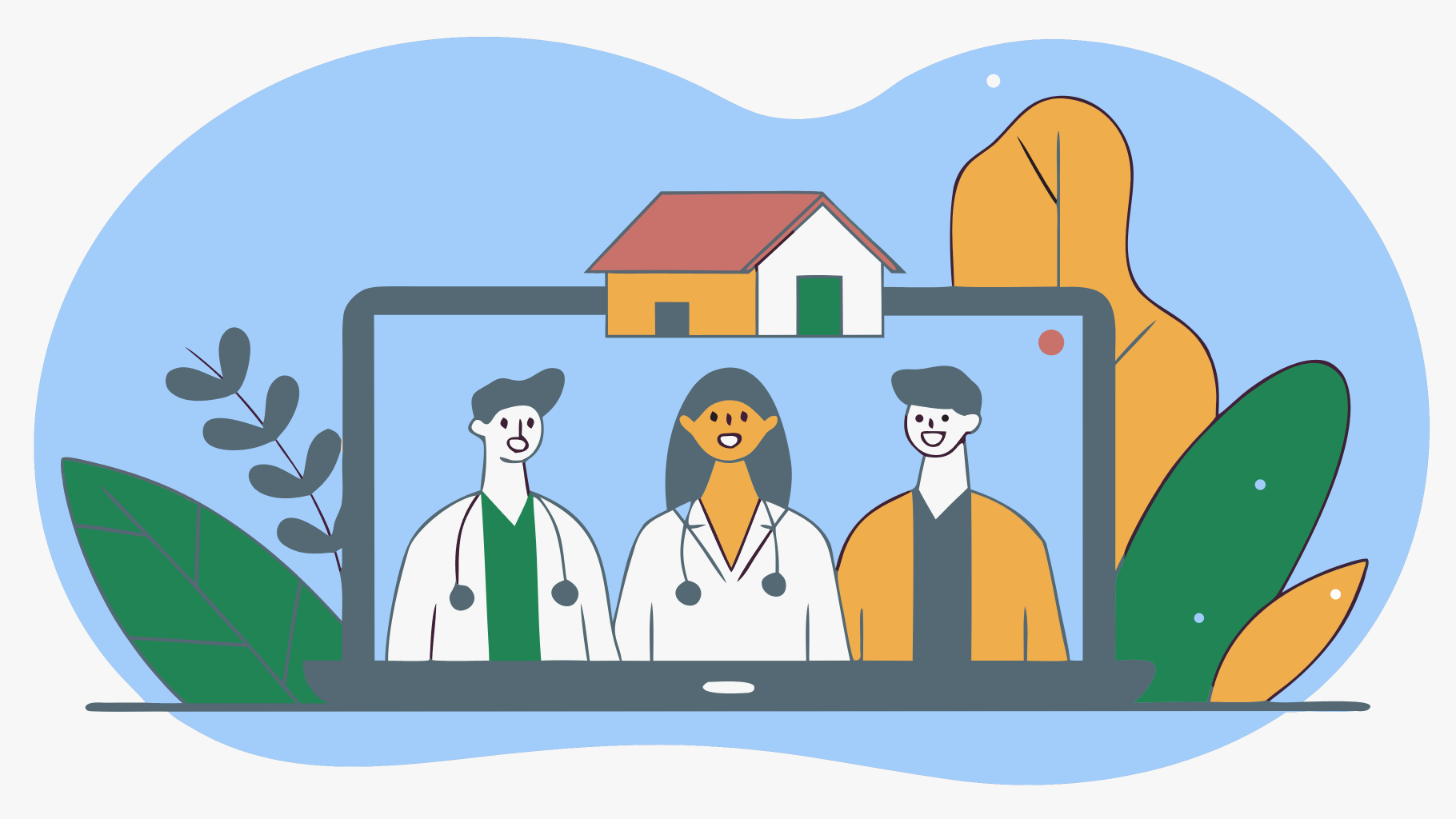Most independent practices want to strengthen their financial foundation, and programs like Remote Patient Monitoring (RPM) and Chronic Care Management (CCM) offer one of the clearest paths to doing that. These programs create predictable monthly revenue, improve outcomes for chronic patients, and help practices build a more stable business model that’s not limited to visit volume alone. The upside is real, and many practices know it.
What holds them back isn’t the value of the programs. It is the operational burden they assume will come with running them. Practice owners worry about hiring new staff, taking on more administrative work, or managing another layer of complexity within already-stretched teams. The idea of creating a new service line can feel risky, especially when budgets are tight and any new initiative must show results quickly.
Fortunately, there’s a way to unlock the revenue and clinical benefits of RPM and CCM without taking on that risk or overhead. A turnkey service, like 1bios, allows independent practices to implement these programs while keeping their focus on in-clinic care and their existing team. It transforms what once felt like a heavy lift into an opportunity for predictable growth.
Here are the five biggest ways RPM and CCM (when delivered the right way) help you grow revenue while staying lean and focused on patient care.
1. It unlocks revenue for work you already do
You provide non-face-to-face care for chronic patients every day, but most of that work goes unreimbursed. RPM and CCM change that. These programs turn the patient support you’re already giving between visits into structured, billable services. They also open up additional reimbursement opportunities for physiologic monitoring, complex chronic care, and ongoing care management.
If you want to grow without expanding your physical footprint, this is one of the most reliable ways to increase revenue. RPM and CCM generate monthly payments that sit outside traditional visit volume, giving you a more balanced financial model that isn’t tied to in-person appointments alone.
2. It creates recurring revenue that stabilizes your practice
Unlike episodic visits, RPM and CCM reimbursements are paid monthly. That gives you a predictable revenue base that strengthens cash flow and reduces your dependence on fluctuating visit volume. It also helps smooth out seasonal dips, no-shows, and irregular appointment patterns.
For many independent practices, this kind of stability is the difference between reacting to financial pressure and planning for growth. Over time, the steady monthly revenue from these programs becomes a dependable pillar of your financial model.
3. It strengthens outcomes that improve patient retention
RPM and CCM let you identify rising risks sooner and keep patients engaged between visits. That leads to better blood pressure control, improved adherence, fewer exacerbations, and more consistent support for the patients who often need it most.
And when outcomes improve, retention follows. Patients who feel supported stay with your practice longer and are more likely to recommend you to others. They also need fewer urgent calls and last-minute visits, which helps ease the pressure on your in-clinic schedule. Better outcomes reinforce both clinical stability and business stability.
4. It gives your practice more capacity to support patients year-round
RPM and CCM expand your ability to care for chronic patients between visits. By moving routine check-ins, symptom follow-ups, and ongoing support into a structured, continuous model, you can stay connected with more patients without overloading your in-person schedule. This gives you more capacity, better access for patients who need help sooner, and fewer bottlenecks in your day.
These programs extend your reach beyond the clinic walls and let you deliver consistent, proactive care without adding more visit volume. The result is a practice that can support more patients, more reliably, throughout the year.
5. It improves quality scores and long-term competitiveness
RPM and CCM give you deeper visibility into your highest-risk patients, which helps you control chronic conditions more effectively and follow up more consistently. This directly improves key quality metrics like blood pressure control, diabetes management, medication adherence, and avoidable events.
Stronger quality performance helps you stay competitive, build better payer relationships, and position your practice for success in value-based models that are becoming increasingly important every year. In other words, these programs don’t just improve your numbers today; they help secure your long-term position in a shifting healthcare landscape.
A smarter way to capture the rewards without the risk
Independent practices are the backbone of community health. To stay strong, they need revenue models that reward proactive care, support patients between visits, and reduce financial volatility. RPM and CCM offer all of that, but only when the operational demands are handled correctly.
This is where a turnkey RPM model changes everything. It gives you the benefits of expanded care and recurring revenue without taking on the risks that often prevent practices from moving forward. Instead of building new roles, new workflows, or new administrative systems, you gain a program that works from day one.
When the operational burden is absorbed by the right partner, you avoid the risks that most practices worry about, including:
- The risk of hiring staff before revenue materializes
- The risk of programs stalling because teams are stretched thin
- The risk of investing in systems, devices, or workflows that never fully launch
A turnkey model removes these obstacles. You gain recurring revenue, stronger outcomes, and more capacity without carrying the overhead or uncertainty of building it alone. It is a smarter way to grow, and one that aligns with how independent medicine needs to evolve.
If independent practices want to thrive in the years ahead, they need solutions that strengthen both care and finances. RPM and CCM, delivered through the right partner, have become one of the clearest paths to doing exactly that.



